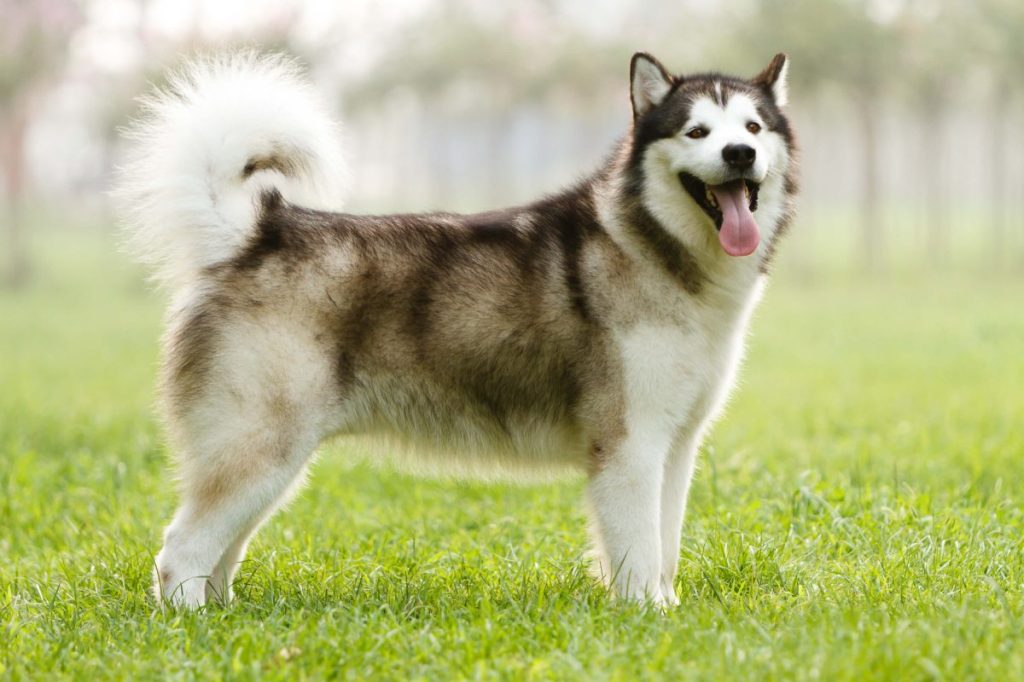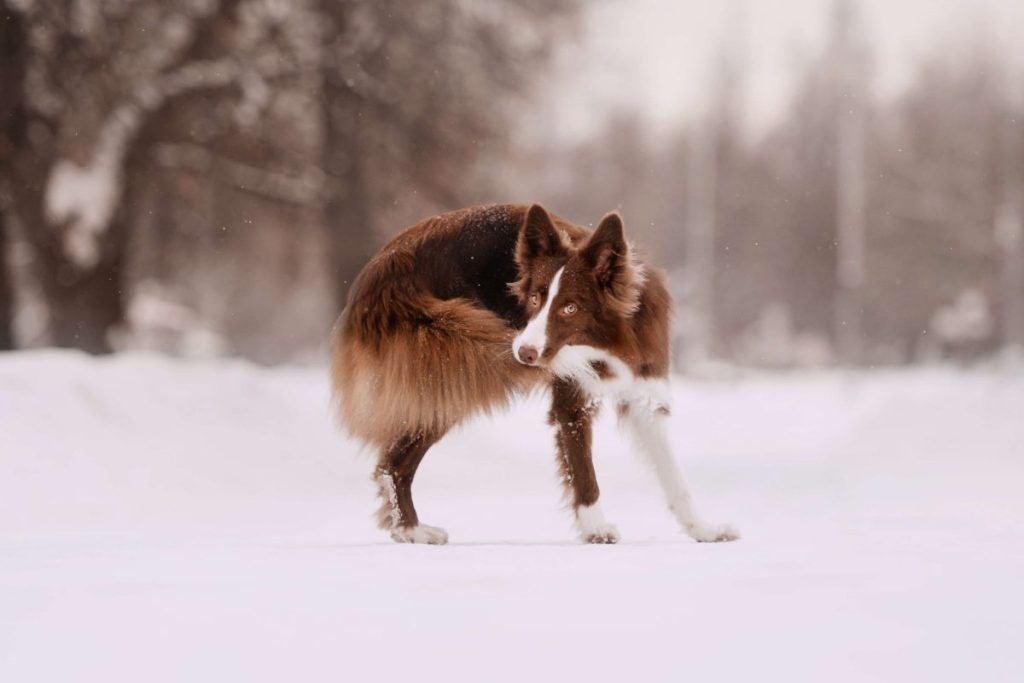If you’re a dog parent, you’ve probably spent countless hours observing your furry friend’s every move. From the tilt of their head to the wag of their tail, dogs are constantly communicating with us in ways we might not even realize. The tail, in particular, is one of the most expressive parts of a dog’s body. As such, understanding what their tail is telling you can deepen your bond with your pet and help you take better care of their needs.
What is a dog’s tail made of?

Before we dive into the interpretations, it’s important to understand that a dog’s tail isn’t just a single muscle or cartilage. It is a complex structure composed primarily of bone, muscle, nerves, and connective tissue. The skeletal framework of the tail consists of a series of vertebrae — often referred to as caudal vertebrae — which can number anywhere between five to 23, depending on the breed and genetic factors. These vertebrae are smaller than those in the main part of the spine but are crucial in providing the tail with its flexibility and range of motion.
Encasing these bones is a network of muscles, tendons, and ligaments that allows dogs to move their tails in various directions. Additionally, the tail is rich in nerves, making it highly sensitive to touch and capable of transmitting a wide range of sensory information to the dog’s brain.
What is the purpose of a dog’s tail?

A dog’s tail serves multiple essential functions that are vital for their communication, balance, and overall well-being. Primarily, a dog uses their tail as a means of expressing emotions and intentions to both humans and other animals. Beyond communication, it plays a crucial role in maintaining balance and stability, especially during quick turns or when navigating tricky terrain. This is particularly evident in breeds known for their athleticism, like Border Collies or Greyhounds. In fact, certain breeds have tails adapted to their specific environments. For instance, Arctic breeds have bushy tails that they can curl around their noses to conserve heat in frigid temperatures.
What’s more, a tail can help with swimming, acting like a rudder to steer through water. Interestingly, some scientists believe that the movement of a dog’s tail can even assist with spreading their unique scent, helping them mark territory more effectively. So, while it might be easy to overlook, a dog’s tail is integral to their interaction with the world around them.
Common tail wags and what they mean

Many people assume that a wagging tail is a universal sign of a happy dog. While this is often the case, tail wagging is more nuanced than it seems. The speed, direction, and height of the wag all provide different clues about what your dog might be feeling. Here are some common types of tail wags and what they typically mean:
High and fast wag
This is perhaps the most iconic tail position. When a dog’s tail is held high and wagging vigorously, it usually signifies excitement or a high level of alertness. You might see this when you’re getting ready to throw a favorite ball or when your dog spots a squirrel in the yard. The broader and faster the wag, the more elated your dog likely is.
Low and slow wag
A slow wag with the tail held low can indicate that your dog is feeling uncertain or submissive but is also open to interaction. This is often seen when a dog is meeting a new person or animal and is still trying to gauge the situation. Your dog is essentially saying, “I’m not sure about this, but I’m willing to be friendly.”
Full-body wag
When the whole body is wiggling along with the tail, you can be pretty sure that your dog is super happy and relaxed. You’ll likely see this when you come home after a long day and your dog greets you at the door. The full-body wag is the canine equivalent of a joyful dance, signaling pure, unadulterated happiness. It can also mean that your dog feels safe and content in their environment.
Stiff wag
A stiff tail wag, especially when paired with a rigid body and a fixed stare, can be a warning sign. It might mean that your dog is feeling threatened or is on guard. In such cases, it’s crucial to proceed with caution. This type of wag can precede agitated behavior, so it’s best to give your dog some space and time to relax.
Half-mast wag
Sometimes, dogs wag their tails at a half-mast position, neither high nor low. This can indicate mixed emotions or a state of mild curiosity. Perhaps your dog is feeling a bit conflicted about something in their environment and is still deciding how to react.
Circular wag
If your dog’s tail is wagging in a circular motion — often referred to as a “helicopter tail” — you’re witnessing one of the most joyous tail movements. This usually happens during moments of intense excitement and affection, often when your dog is around their favorite people or anticipating a much-loved treat. It’s the ultimate display of canine happiness.
Right or left wag
Some studies have suggested that when dogs wag their tails more to the right side, it indicates positive emotions and comfort. For example, when greeting their human or a familiar, friendly face, you might notice the tail favoring the right side more. Conversely, wagging to the left might signal negative emotions or feelings of discomfort. This can happen when a dog encounters a new or threatening situation. Observing which way the tail wags can give you subtle hints about how your dog is feeling about their current environment or company.
Tucked tail
While not exactly a wag, a tail tucked firmly between the legs is a surefire sign of fear or extreme submission. Dogs adopt this posture when they feel threatened, scared, or deeply insecure. It’s a clear cry for help, and in such cases, it’s important to address whatever is causing the fear. Comforting your dog, removing them from the stressful situation, or providing a safe space can help alleviate their anxiety.
How tail signals vary between different dog breeds

Different breeds have different tail anatomies, which can affect how they use their tails to communicate. For example:
- Huskies and Malamutes: These breeds have bushy tails that curl over their backs. While a curled tail is normal for them, a stiff, high curl might still indicate alertness or aggression.
- Whippets and Greyhounds: These dogs have thin, low-hanging tails. A slight wag can indicate happiness, but a tucked tail is a clear sign of fear or submission.
- Retrievers: Known for their friendly demeanor, Retrievers often have a wagging tail. However, a high, stiff wag could mean that something has caught their attention.
Why do dogs chase their tails?

Dogs chase their tails for a variety of reasons, including playfulness, instinct, and even boredom. Often, young puppies chase their tails as a form of play, driven by curiosity and the discovery of their own bodies. It’s a harmless way for them to entertain themselves and burn off excess energy. However, if this behavior continues into adulthood, it could indicate something more significant.
Adult dogs might chase their tails due to anxiety, lack of mental stimulation, or even obsessive-compulsive tendencies. In some cases, medical conditions such as flea infestations, skin irritations, or neurological problems can trigger this repetitive action. If you notice your dog chasing their tail excessively, it’s always a good idea to consult with a vet to rule out any underlying health problems.
Context is important in understanding your dog’s tail behavior
While a dog’s tail can tell you a lot, it’s only one piece of the puzzle. To fully understand what your pup is communicating, you need to consider the whole dog. Look at their ears, eyes, mouth, and overall body posture. Are they relaxed or tense? Are they making eye contact or looking away?
Understanding your dog’s emotions can help you prevent potential conflicts, ease their anxiety, and strengthen your relationship. So, the next time you see that tail wagging, pay close attention. Your dog is talking to you, and now you’ve got a better idea of what they’re trying to say.




